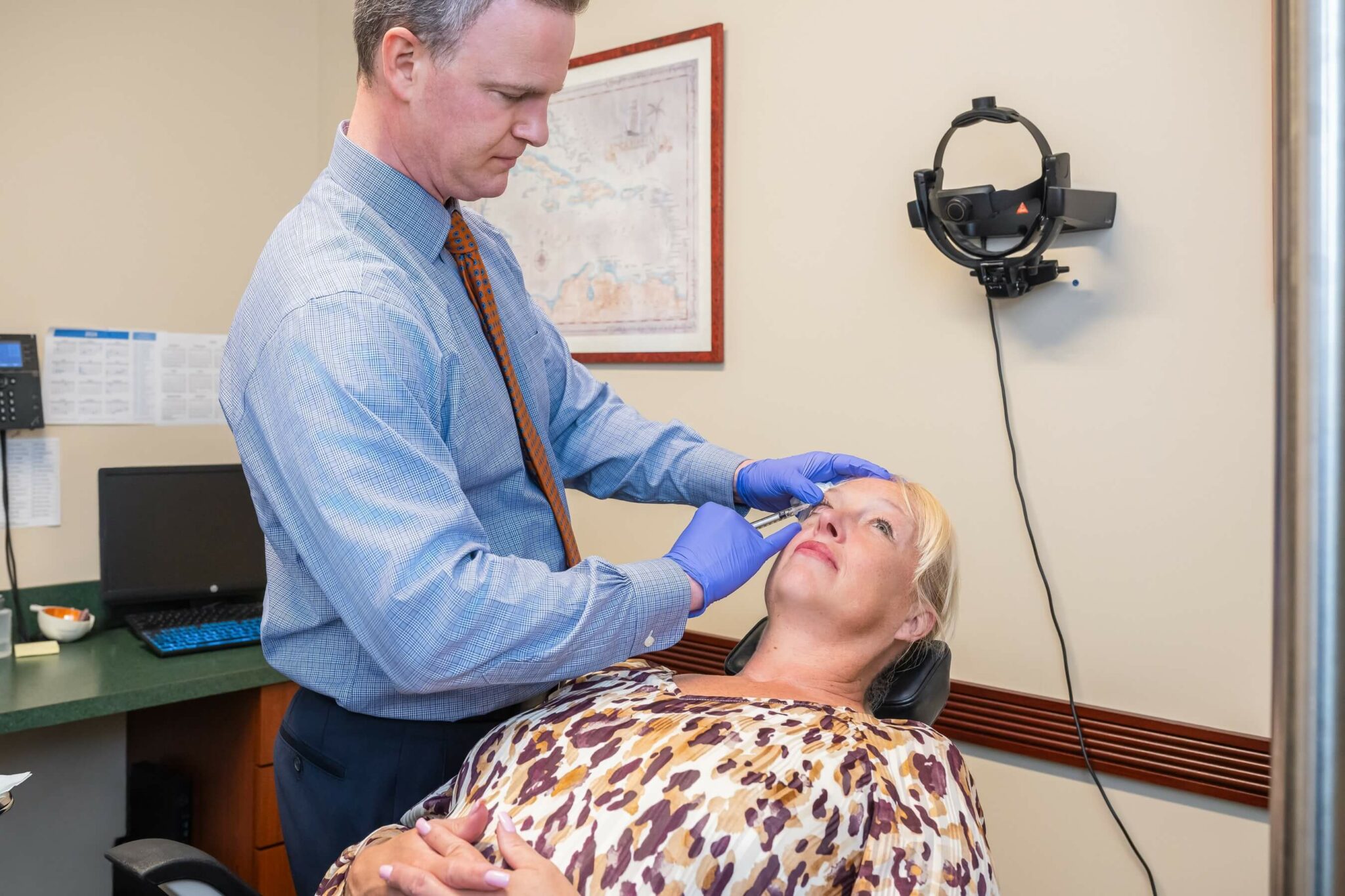What are the Symptoms of Uveitis?
There are four main categories of uveitis, and the symptoms depend on which type it is.

Anterior Uveitis or Iritis
Anterior uveitis or iritis involves the iris and ciliary body and is the most common type.
Symptoms include:
Intermediate Uveitis
Intermediate uveitis affects the ciliary body, vitreous, and retina. It often affects both eyes.
Symptoms include:
Posterior Uveitis
Posterior uveitis involves the retina, choroid, and optic nerve.
Symptoms include:
Diffuse Uveitis
Diffuse uveitis affects structures both in the front and back of the eye.
This usually results in a combination of symptoms from anterior, intermediate, and posterior uveitis.
How is Uveitis Diagnosised?
Uveitis is diagnosed with a thorough examination of the eye with a slit lamp microscope and ophthalmoscopy. Visual acuity and intraocular pressure are also evaluated. In some cases, blood work and other tests are required to rule out underlying systemic disease or infection.
How do Eye Doctors Treat Uveitis?
The treatment depends on the severity of the disease and the ocular structures involved. Topical eye drops and/or oral medications are prescribed to reduce inflammation. In some cases, medication is required to lower the intraocular pressure.

